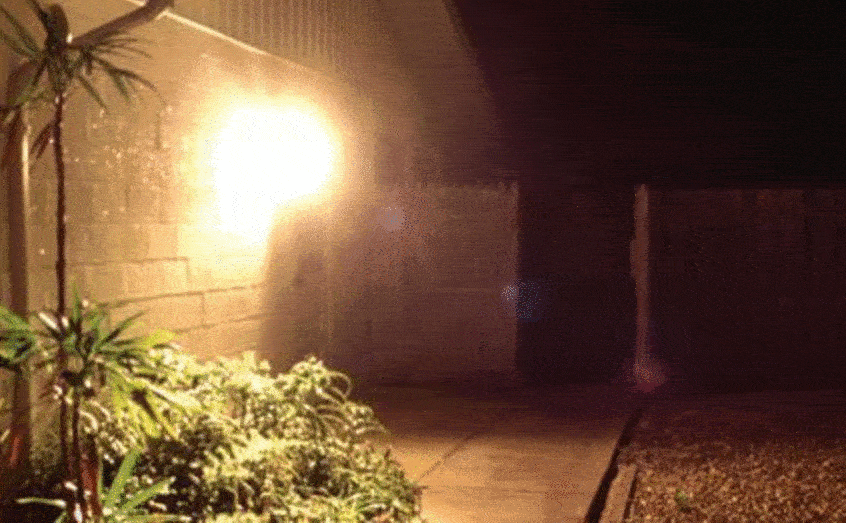Learn About
Light Pollution
What Is Light Pollution?
Light pollution refers to the presence of unwanted, inappropriate, or excessive artificial light in the environment. It's not just about darkness being interrupted, but about the consequences of poorly designed or misused outdoor lighting.

What Is Light Pollution?
Light pollution refers to the presence of unwanted, inappropriate, or excessive artificial light in the environment. It's not just about darkness being interrupted, but about the consequences of poorly designed or misused outdoor lighting.

What Are The Causes of Light Pollution?
Light pollution results from over-illumination in urban areas, poorly designed fixtures, and glare from intense lights. Urbanization and the cumulative effect of numerous light sources contribute to the problem. Skyglow, caused by scattered artificial light, obscures celestial visibility. Excessive use of blue light further disrupts natural darkness, impacting ecosystems and human health. Addressing these causes is crucial to preserving the night sky.
Vehicles and Street Lights
Excessive brightness from high-intensity headlights and poorly shielded streetlights contributes to glare and over-illumination. Inefficient design of street lighting fixtures allows light to scatter in unwanted directions, adding to light pollution.
Improper Planning
Inadequate zoning regulations and the absence of effective guidelines for outdoor lighting contribute to light pollution. The lack of mandates for proper shielding in fixtures results in increased glare and skyglow.
Night Sport Stadiums
Excessive illumination in sports stadiums significantly adds to local skyglow and glare. Inefficient lighting design and shielding in sports facility fixtures contribute to unnecessary upward light emissions. Night events extending into late hours exacerbate light pollution, impacting local communities and the surrounding environment.
Urbanization
Rapid urban growth increases the overall brightness of the night sky due to widespread artificial lighting. The higher demand for illumination in urban areas contributes to over-illumination. Limited green spaces in urban landscapes exacerbate the concentration of artificial light, intensifying light pollution.
What Are The Effects Of Light Pollution?

